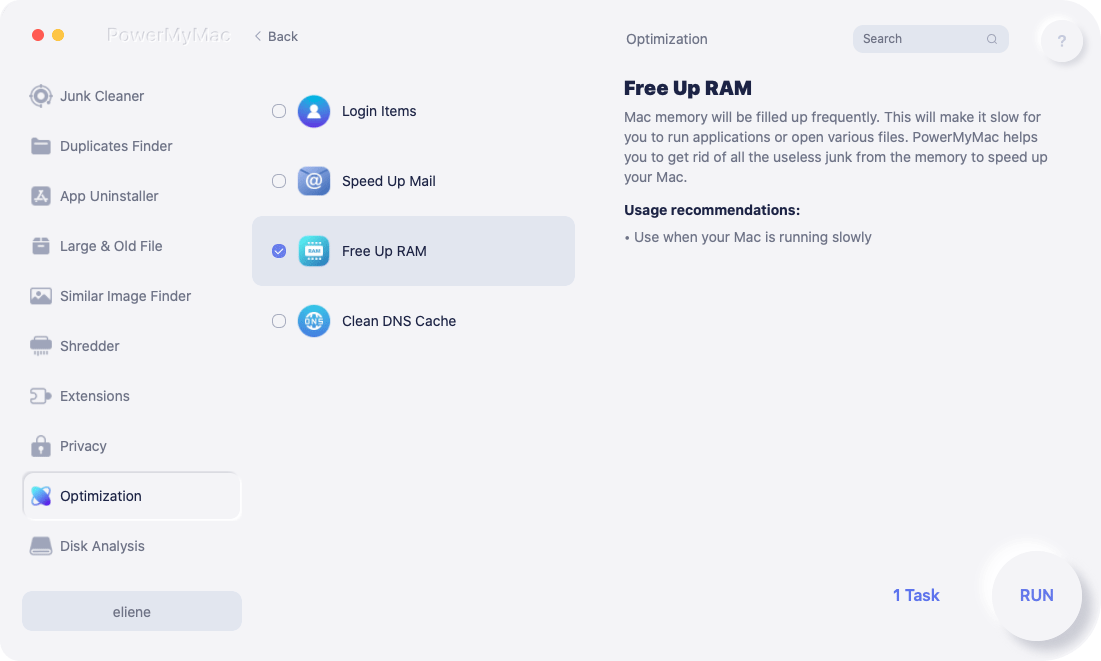If you’ve ever asked yourself what is Hackintosh, you’re not alone. With Apple computers often priced at a premium, tech-savvy users have turned to Hackintosh, a custom-built, non-Apple machine that runs macOS. This DIY solution blends the flexibility of PC hardware with the elegance of macOS, but it comes with challenges, risks, and legal grey areas. In this article, we’ll break down what Hackintosh is, how it works, the pros and cons, and how to maintain Mac-like performance, whether you're on a real Mac or a Hackintosh build.
Contents: Part 1: Overview of HackintoshPart 2: Why Do People Build Hackintosh Computers?Part 3: Downsides and Legal Risks of HackintoshPart 4: How iMyMac PowerMyMac Supports Real Mac UsersPart 5: Final Thoughts
Part 1: Overview of Hackintosh
So, what is Hackintosh exactly? A Hackintosh is a computer built using standard PC components (CPU, GPU, motherboard, etc.) that has been configured to run macOS, Apple's proprietary operating system.
Unlike genuine Apple Macs, Hackintosh computers aren’t made or supported by Apple. Users rely on custom bootloaders like Clover or OpenCore, along with macOS patches, to make the system compatible.
Understanding what is Hackintosh involves knowing that you're essentially tricking macOS into thinking it's running on Apple hardware. It’s a workaround with benefits, and some major limitations.
Part 2: Why Do People Build Hackintosh Computers?
Many people explore what is Hackintosh out of curiosity or budget concerns. Apple hardware, especially Mac Pros and MacBooks, can be expensive. A Hackintosh lets users access macOS features at a lower cost and with customizable hardware.
Some advantages include:
- Cost savings
- Greater hardware flexibility
- Upgradeable components
- Access to macOS-exclusive software (like Final Cut Pro)
However, while the appeal is strong, it’s important to weigh the downsides, which we’ll cover next.
Part 3: Downsides and Legal Risks of Hackintosh
A full understanding of what is Hackintosh requires acknowledging its pitfalls.
- Stability Issues: Updates to macOS can break functionality.
- Hardware Compatibility: Not all parts work natively with macOS.
- Time-Consuming Setup: Installation requires technical expertise.
- No Apple Support: You’re completely on your own.
- Legal Concerns: Apple’s End User License Agreement (EULA) prohibits macOS from running on non-Apple hardware.
So when asking what is Hackintosh, remember, while it's technically possible, it's also legally and ethically questionable under Apple’s terms.
Part 4: How iMyMac PowerMyMac Supports Real Mac Users
Even though a Hackintosh offers a cheaper way to use macOS, maintaining it can be a hassle. If you're using a genuine Mac and want to keep it running smoothly, iMyMac PowerMyMac is the perfect utility.
Here’s how iMyMac PowerMyMac enhances Mac performance:
- Junk File Cleaner: Clears system junk, logs, and old files that may slow down system performance and impact app syncing.
- Memory Optimizer: Frees up RAM to keep the app running smoothly, especially.
- Duplicate Finder: Helps clear out duplicate files that eat up storage unnecessarily, improving system responsiveness.
- App Uninstaller: Completely uninstalls unwanted apps and their residual files.
- Privacy Protection: Cleans browser history, cookies, and usage logs, protecting your privacy.

If you’ve moved away from Hackintosh or are committed to your official Mac, iMyMac PowerMyMac keeps your system optimized without the headaches of custom patches and hacks.
Part 5: Final Thoughts
Now that you understand what is Hackintosh, the final decision depends on your goals:
- Want to experiment, tinker, and save money? Hackintosh may suit you—if you’re tech-savvy and willing to troubleshoot.
- Prefer a seamless, stable, and legally sound experience? Stick with a real Mac and use tools like iMyMac PowerMyMac to optimize performance.
As Apple’s hardware and macOS integration continues to improve, Hackintosh becomes harder to maintain. For most users, the long-term value lies in choosing official Macs and supporting software.



